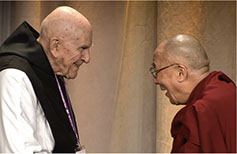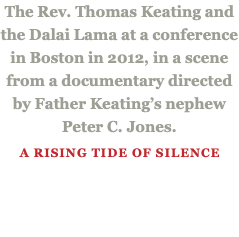













MONASTERY



St. Benedict's Monastery | 1012 Monastery Road | Snowmass, Colorado 81654
970/279-4400 | EMAIL snowmasscoc@gmail.com














MONASTERY



970/279-4400 | EMAIL snowmasscoc@gmail.com